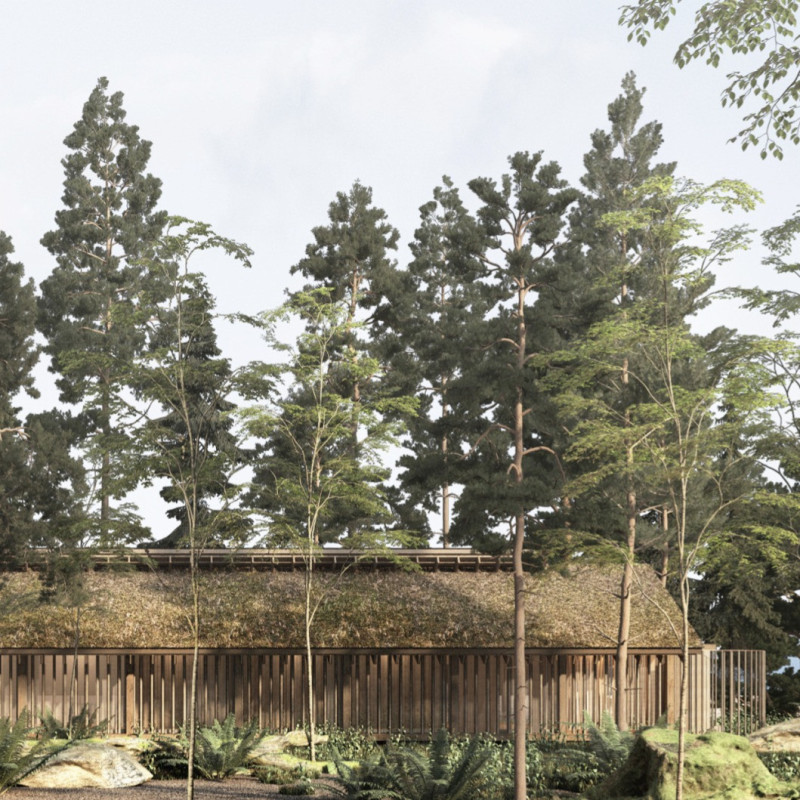5 key facts about this project
At its core, the project serves a specific function that aligns with community objectives, whether it be educational, residential, recreational, or commercial. The architecture reflects a commitment to creating inclusive spaces that foster interaction and engagement among its users. The layout is crafted with an understanding of movement and flow, carefully organizing spaces to enhance usability. The thoughtful arrangement of rooms and common areas encourages natural socialization, while designated quiet zones provide a retreat for reflection.
Materiality is a crucial aspect of the design, showcasing a selection of materials that not only fulfill structural requirements but also inspire a connection with the surrounding environment. Elements such as exposed concrete, timber cladding, and glass are utilized to create a tactile experience that resonates with both the senses and the visual landscape. The choice of sustainable materials reinforces the project’s commitment to environmental responsibility, ensuring that it serves as a model of modern architectural practice. Recycled materials or locally sourced stones are often integrated to reduce the carbon footprint, further promoting ecological mindfulness.
The project's unique design approaches can be seen in various aspects, including the innovative use of natural light and ventilation. Large windows and strategically placed openings enhance visibility and encourage airflow, promoting a healthy indoor environment. The rooflines may employ a combination of slopes and overhangs, not only serving aesthetic purposes but also providing effective shading, contributing to energy efficiency. This attention to the environmental context also extends to landscape integration, where outdoor spaces seamlessly tie into the building, creating a cohesive experience for those who interact with the project.
In terms of the structure’s silhouette and façade, the project likely employs a geometric form that reflects modern aesthetics while paying homage to traditional influences found in the locality. The interplay of materials and shapes creates depth and shadows, adding layers of interest to the visual language of the building. This careful attention to detail invites the observer to engage with the architecture on multiple levels, transforming mere functionality into an experiential journey.
The incorporation of green spaces, whether through rooftop gardens, courtyards, or surrounding landscaping, further enhances the overall design ethos. These spaces not only contribute to the aesthetic quality of the project but also provide essential ecological benefits, promoting biodiversity and improving urban microclimates.
Moreover, the architectural plans revealed through careful analysis of the design showcase a meticulous approach to the user experience, with easy navigation routes, inclusive access points, and flexible spaces that can adapt to various functions over time. The layout is purpose-driven, aiming to facilitate community interaction while remaining sensitive to the diverse needs of its users.
As the reader delves deeper into this architectural project, they are encouraged to explore the architectural plans, sections, and designs that detail the intricacies of this thoughtful endeavor. Each component is a testament to how architecture can respond to societal needs while gracefully interacting with the environment. This project not only stands as a functional entity but also serves as an inspiration for future architectural ideas that seek to balance contemporary life with ecological awareness. For a comprehensive understanding and a closer examination of the architectural concepts involved, reviewing the detailed project presentation would provide valuable insights into the intentions behind this design.


























